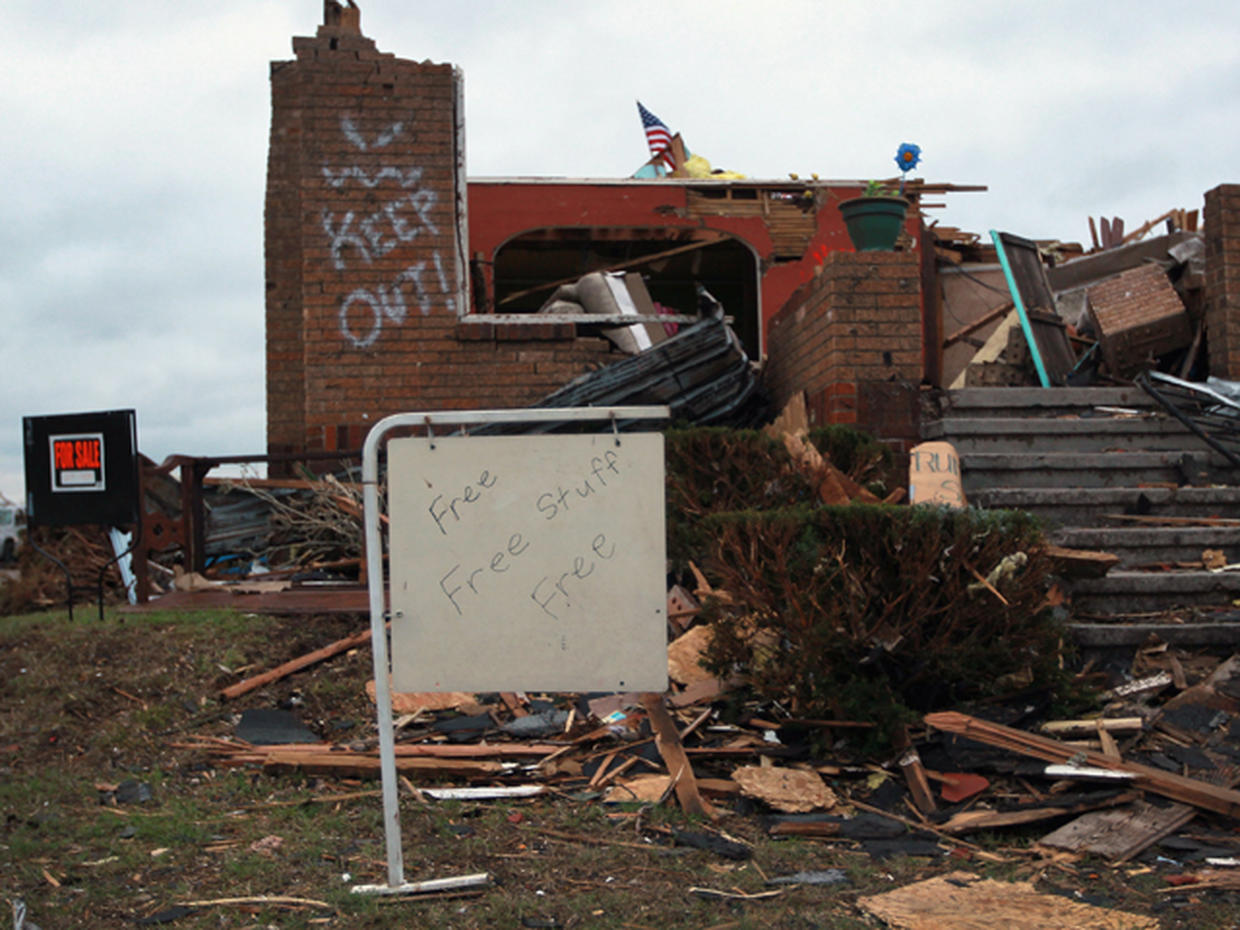

according to NOAA's Storm Prediction Center.

Officially, 158 deaths were directly attributed to the tornado, the seventh-deadliest single tornado in the U.S. Less than a month later, Joplin shattered the notion that modern technology could guard against a prolific death toll from a single tornado. Then came the April 2011 Super Outbreak, when some 350 tornadoes killed over 300 people in the South. It seemed improbable in the era of Doppler radar, the internet, spotter networks, watches and warnings and news media that a single tornado could claim over 100 lives in the U.S. Power flashes occurred as the storm damaged electrical lines and equipment. KSNF-TV's tower camera captured the wedge tornado as it moved into Joplin. You might think a large, violent tornado would have an obvious, ominous appearance, like the May 1999 Moore-Oklahoma City or the April 27, 2011, Tuscaloosa, Alabama, tornadoes. Here are some reflections from meteorologists of that tragic evening. One of the nation's worst single tornadoes lingers in the memory of meteorologists who covered it, from those who arrived at the scene to those who warned the public of the danger. The city will commemorate the anniversary with an observance Saturday, including a tolling of bells and a minute of silence at the exact minute the tornado entered the city.

One hundred fifty-eight people lost their lives directly due to the EF5 tornado on May 22, 2011. Saturday marks the 10-year anniversary of the Joplin tornado, which tore a six-mile-long and up to a mile-wide path of devastation through the southwest Missouri city.


 0 kommentar(er)
0 kommentar(er)
